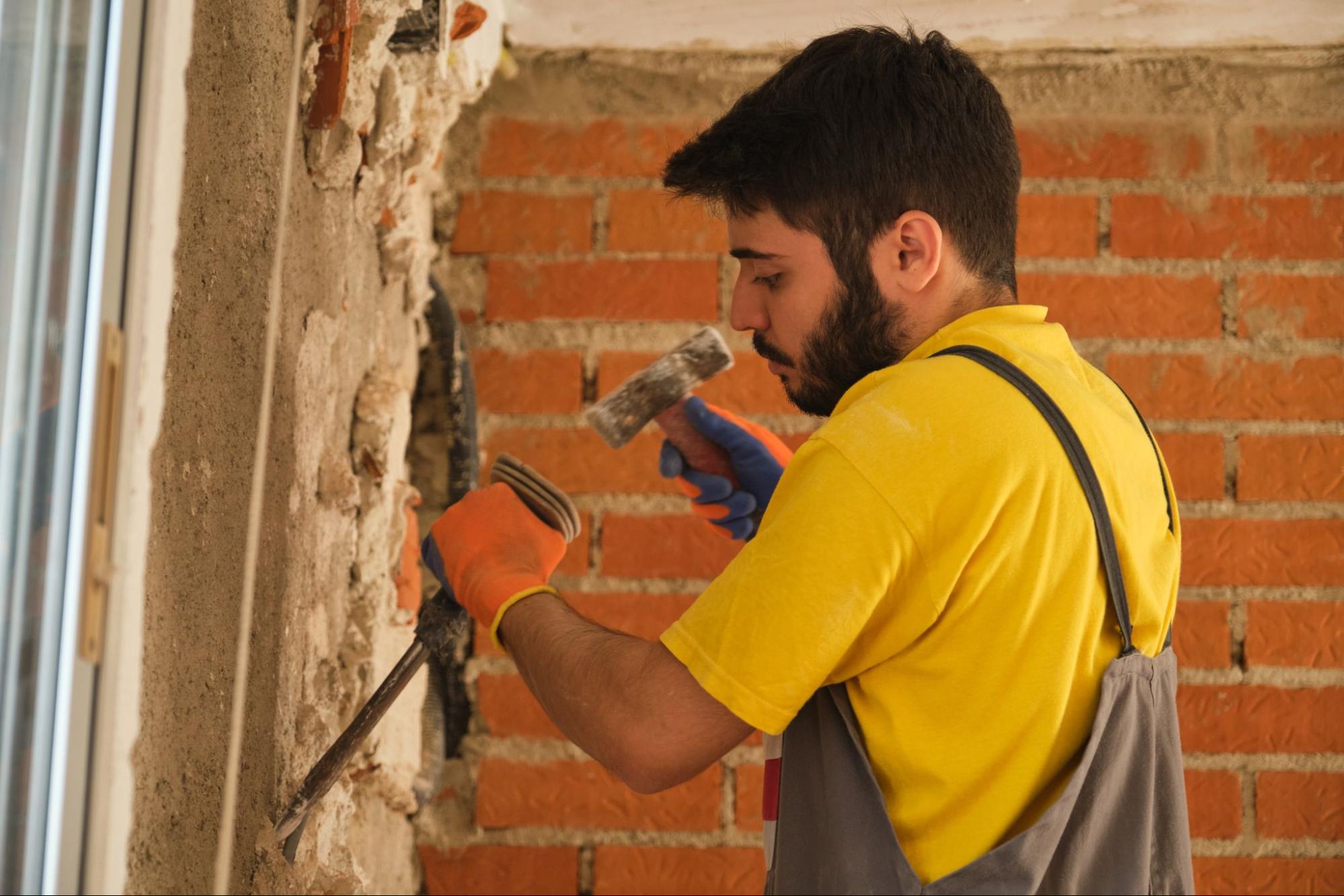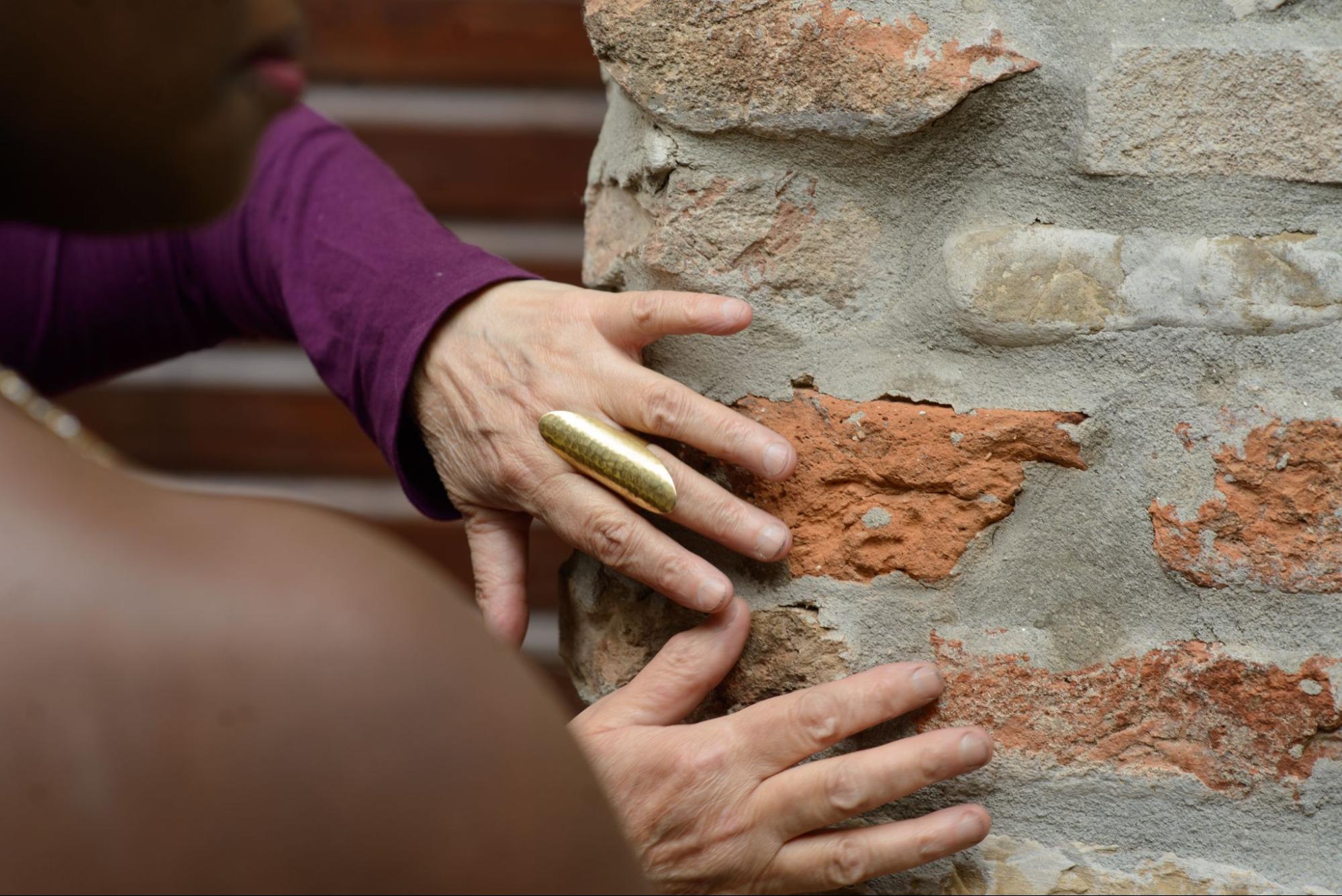Need Help?
BrandRep

Brick buildings seem strong, but even the toughest exteriors weaken over time. Mortar joints begin to crumble, water gets in, and bricks loosen or fall. Many homeowners don’t notice until the damage becomes costly. Ignoring these early signs is how small cracks turn into major repair jobs. What looks minor on the surface can quietly threaten the structure underneath.
Tuckpointing is a repair process that extends the life of your brickwork. Mortar is the glue that holds bricks together and protects them from the elements. When it starts to fail, so does everything around it.
Tuckpointing involves removing old, damaged mortar and replacing it with fresh mortar. It reinforces the structure and keeps moisture from seeping in. The process also involves shaping and coloring the mortar to match the existing brickwork. It protects both the inside and outside of your building. Done correctly, it can make old brick walls look almost new again.
Skipping tuckpointing lets water creep between bricks. That water freezes in winter and expands, pushing bricks apart. Over time, this cycle causes bricks to crack, bulge, or fall. The wall starts shifting, and structural repairs become unavoidable. Costs rise, and the damage spreads beyond the surface.
Many people wait until their walls look like they’re falling apart. At that point, tuckpointing won’t be enough. They pay for brick replacement, structural fixes, and interior work. Addressing the problem as early as possible prevents that spiral.
Tuckpointing costs a fraction of complete brick replacement. Once bricks loosen or fall out, the fix becomes far more expensive. Damage spreads fast because broken mortar allows deep moisture penetration. That can affect insulation, drywall, and even foundation materials. Spending less now prevents spending a lot more later.
Bricks used in older buildings can be impossible to match today. Color, shape, and age create a unique finish that replacement bricks can’t duplicate. Tuckpointing keeps your structure intact without disturbing its charm. It lets you retain both historic and aesthetic value. That’s especially important for homes with character or buildings in heritage areas.
Many people miss the signs until it’s too late. They see a few cracks and think it’s nothing urgent. But mortar issues rarely fix themselves. They get worse, faster than most expect.
Crumbling is the clearest red flag that your mortar has failed. Gaps or dust between bricks means the structure isn’t secure anymore. Wind, rain, and seasonal changes will speed up the damage. If you can scrape out mortar with a key or screwdriver, it’s too soft. You should act immediately before the bricks shift.
Water stains, peeling paint, or mold inside your home might start outside. When mortar fails, water seeps behind the wall and spreads inward. Many people blame roof leaks or plumbing, ignoring the actual source. If you’ve ruled those out, look at your exterior mortar. Tuckpointing can stop the damage before it moves deeper into the home.
Darkened, streaked mortar or mortar with salt deposits (efflorescence) may repeatedly absorb and release moisture. That cycle means water seeps in and evaporates, slowly degrading the joint.

Tiny cracks might not seem urgent, but they’re early red flags. They often appear after winter or dry heat and should be sealed before they widen and allow deeper water intrusion.
Even one brick that wiggles or has a gap beside it suggests mortar failure. If left alone, more bricks will shift, making the wall unstable and costly.
Weeds, moss, or ants nesting in mortar lines indicate that your joints are cracked and moist. Plant roots and burrowing insects will widen these cracks as they grow or tunnel, worsening the damage fast.
Timing matters more than people think. Some seasons are better for the work than others. Waiting until damage is visible may limit your options or raise costs. It’s smart to get ahead of the problem before the weather makes it worse.
Spring and early fall are the best times for tuckpointing. The weather is mild, which helps the mortar cure properly. Cold, wet, or overly hot conditions can affect the outcome. Many contractors book up during these ideal seasons. You’ll get better results and availability if you schedule ahead.
Some wait until bricks are falling out before calling someone. At that point, the cost is much higher, and the job is more complex. Hairline cracks and crumbling joints are enough reasons to act. Water can do years of damage before you ever see it inside. Make it a habit to check your mortar yearly.
Not all contractors do quality tuck-point work. Poor technique can lead to worse problems than you started with. Picking the right expert makes all the difference. It protects your investment and keeps your home safe.
Ask how long they’ve done tuckpointing specifically. Review photos of past work and talk to former clients. Make sure they can match the mortar color and joint style. A good contractor will walk you through their plan. Choose someone who listens and communicates clearly from the start.
Tuckpointing looks simple, but it’s not. Using the wrong mortar mix can cause bricks to crack, and applying it unevenly leaves gaps where water gets in. Professionals have the tools and knowledge to do it right. If you care about the life of your brickwork, trust the experts.

Even small mortar failures can trigger serious shifts in your building. Over time, pressure moves from damaged joints to bricks and beams. As cracks widen, the wall’s load balance changes and your structure settles unevenly.
Once mortar fails, bricks begin to pull apart. Without tight joints, walls lose the ability to resist lateral pressure. Bowing walls are often dismissed until they push window frames out of alignment. In older buildings, this can affect the whole structure’s integrity. Catching these shifts early with tuckpointing helps avoid total wall rebuilds.
As brick walls lose integrity, other systems carry the burden. Roofs may sag where bricks can’t support load-bearing points. Foundations crack from uneven pressure across the base. Chimneys, which rely heavily on mortar joints, may start leaning. These aren’t cosmetic flaws—they’re serious structural red flags. Tuckpointing stops the progression before it spreads that far.
Mortar isn’t one-size-fits-all. The weather shapes how long it lasts. Wet, cold, and windy environments erode mortar faster than extreme heat or dry air, which causes shrinkage. These conditions break down the bonding agents over time, weakening the structure. Regional climate should always factor into your tuckpointing schedule.
In freeze-thaw regions, water expands inside the joints and breaks them apart. Coastal homes face salt and humidity damage that eats into the mortar. High sun exposure dries joints and weakens bonds over time. Urban environments add pollution and acid rain to the mix. Understanding these local stressors makes timely tuck-pointing even more urgent.
Contractors don’t just choose mortar based on age—they match it to the climate. A flexible mix may work better in areas with big temperature swings. Dense mixes hold up longer in coastal zones where salt is a factor. Homes in dry, windy regions need a mortar that resists cracking and erosion. Tuckpointing pros know how to balance durability with your local weather. That knowledge makes their repairs last longer than DIY jobs.
Not all mortar is the same. Using the wrong type can damage your bricks, especially in older homes. Tuck-pointing isn’t just about sealing gaps—it’s about matching materials.
Modern mortar is often more complex than old bricks. If it’s too strong, it won’t flex with the wall, causing bricks to crack instead of the joint absorbing the stress. Lime-based mortar is softer and better for historic masonry. A trained pro knows how to test and match mortar to your wall’s age and type.
Many assume matching mortar means matching the color. But strength, texture, and sand content matter more. A poor match can affect how the wall breathes and sheds moisture. Incompatible mortar traps water and speeds up brick decay. Skilled tuckpointing keeps the structure healthy while maintaining its original look.
Bricks don’t yell when they’re in trouble. They stay silent until the damage becomes obvious—cracked ceilings, shifting walls, or expensive repairs. Tuckpointing is the one move that holds everything together without drawing attention. It’s not flashy. It’s not dramatic. But it’s the fix that keeps your structure from turning against you. Don’t wait for your building to show visible signs of distress. Take control before it gets there.
Want to know how to keep your brickwork strong year-round? The Artistic Masonry LLC blog has more expert tips.
Share:
Search